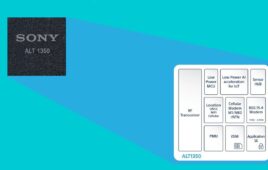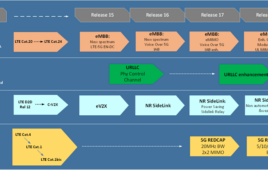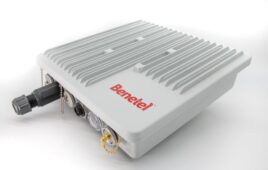Huawei this week unveiled its latest flagship device – the new Mate 9 smartphone.
Positioned as a step up from the Chinese manufacturer’s P9 series, the 5.9-inch Mate 9 comes with a full HD display, a Kirin 960 chipset, a 4,000 mAh battery with SuperCharge technology, and a second-generation Leica dual-lens camera with a 12 mp RGB sensor and a 20 mp monochrome sensor. The Mate 9 also comes with 4 GB of RAM and 64 GB of storage.
Huawei said it has also tried to improve the user experience on its devices with the introduction of EMUI 5.0 (which is based on Android 7.0) on the Mate 9. The company said EMUI 5.0 can understand consumer behavior patterns, and allows more than half of the phone’s features to be accessed in two clicks. More than 90 percent of the phone’s features can be reached in three clicks using EMUI, Huawei said.
The Mate 9 also comes in a hype-luxe edition called the Porsche Design Mate 9, which bumps RAM and storage up to 6 GB and 256 GB, respectively, and offers 2k resolution on a curved-edge 5.5-inch screen.
The device comes in six colors, including Black, Space Gray, Moonlight Silver, Champagne Gold, Mocha Brown, and Ceramic White, and will run customers around $775. The Porsche version of the phone is offered only in Graphite Black and comes with a hefty $1,550 price tag.
Huawei said the Mate 9 will initially be offered in 12 countries – including China, Germany, Spain, Japan, and the United Arab Emirates – and will be released in the United States at a later date.
The move comes as Huawei attempts to break into the U.S. market to better compete with handset rivals Apple and Samsung. The Chinese company has previously said it would like to overtake both its rivals to be the number one smartphone vendor within the next five to 10 years. And given Samsung’s recent stumble with the Galaxy Note 7, it looks like Huawei might just have an opening.
Part of the problem for Huawei, though, is its lack of partnerships with U.S. wireless carriers, who essentially hold the mainstream entry keys for vendors. Huawei acknowledged this hurdle in June and said it was aiming to “cooperate” with carriers to get its foot in the door.




